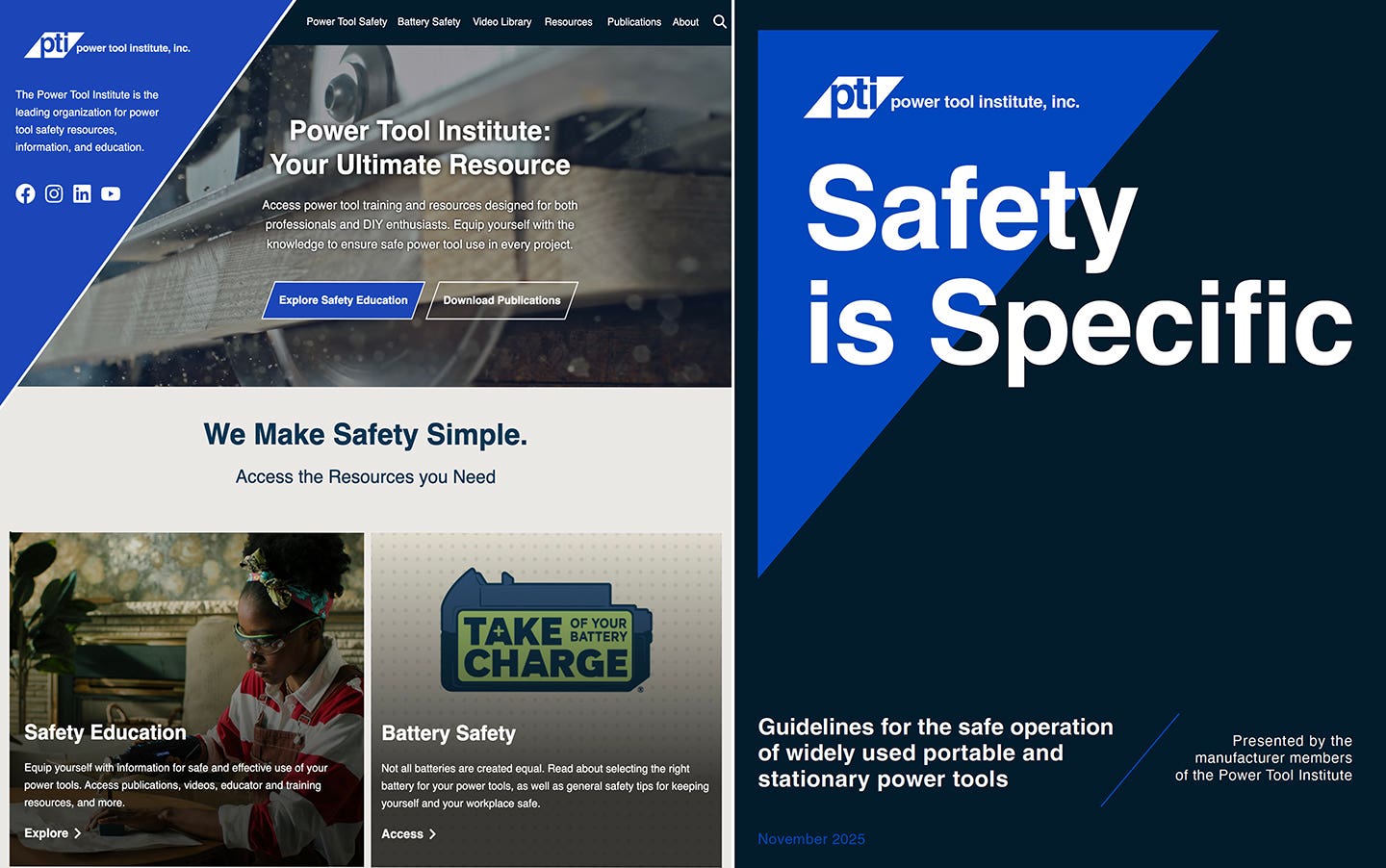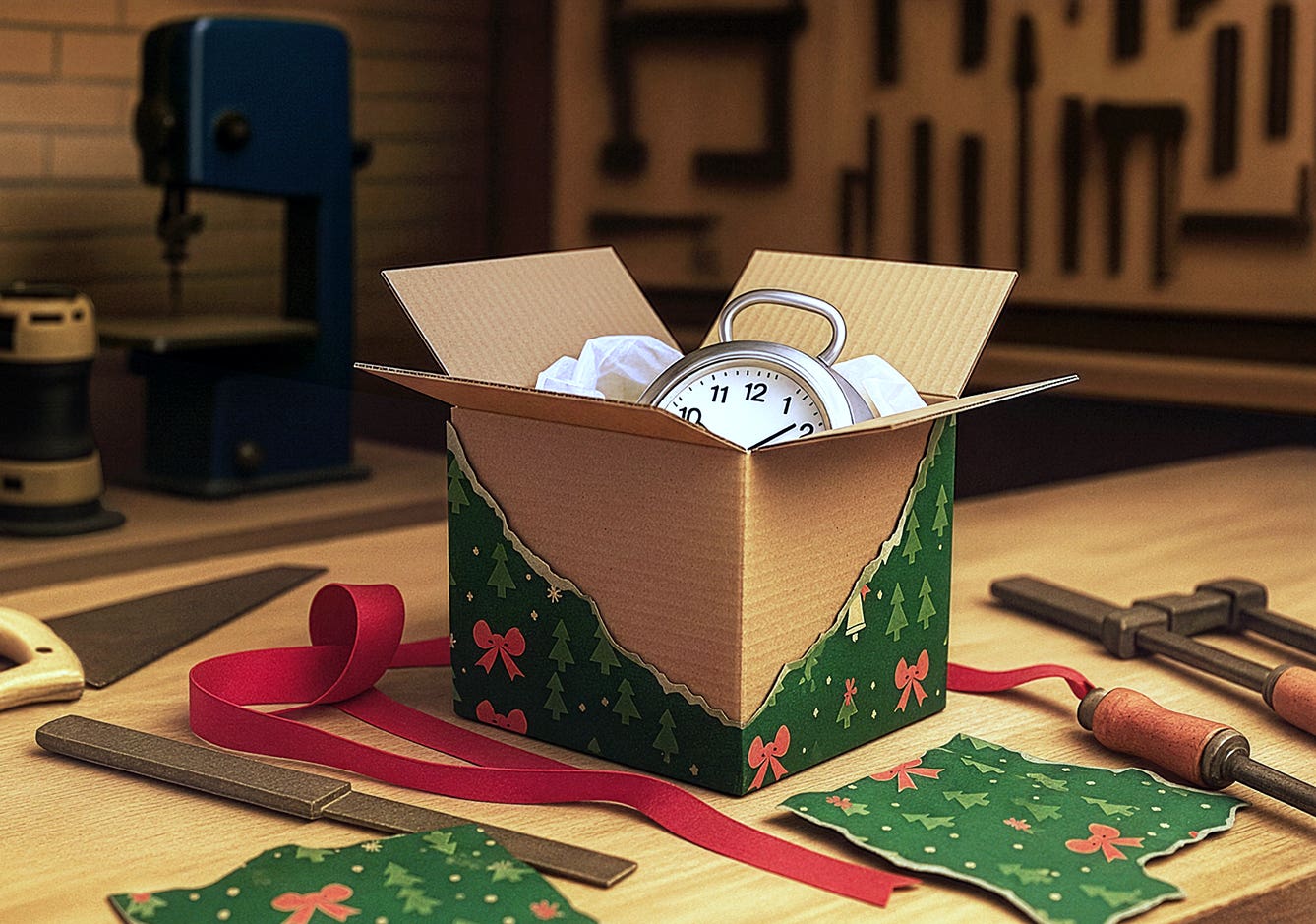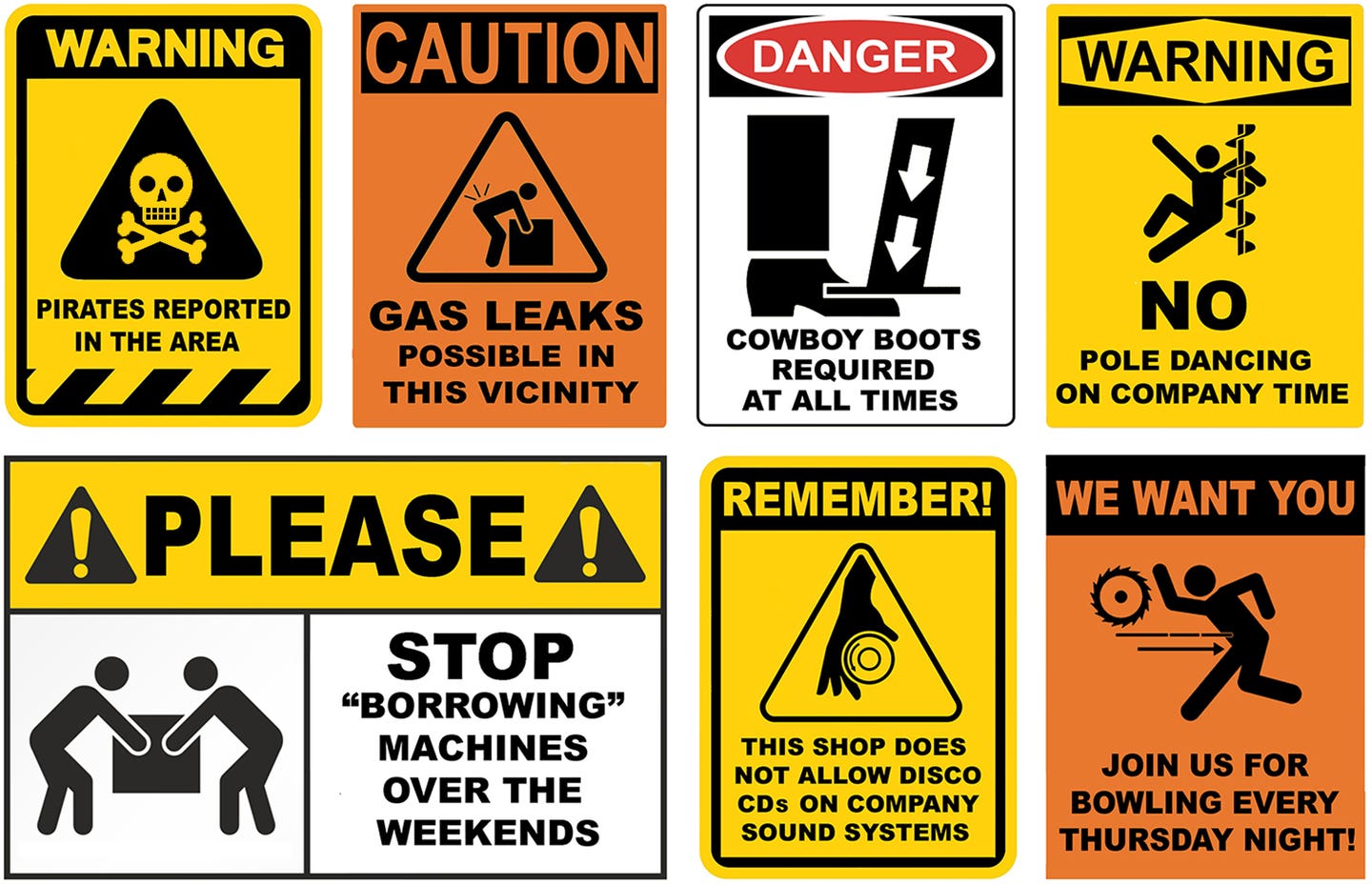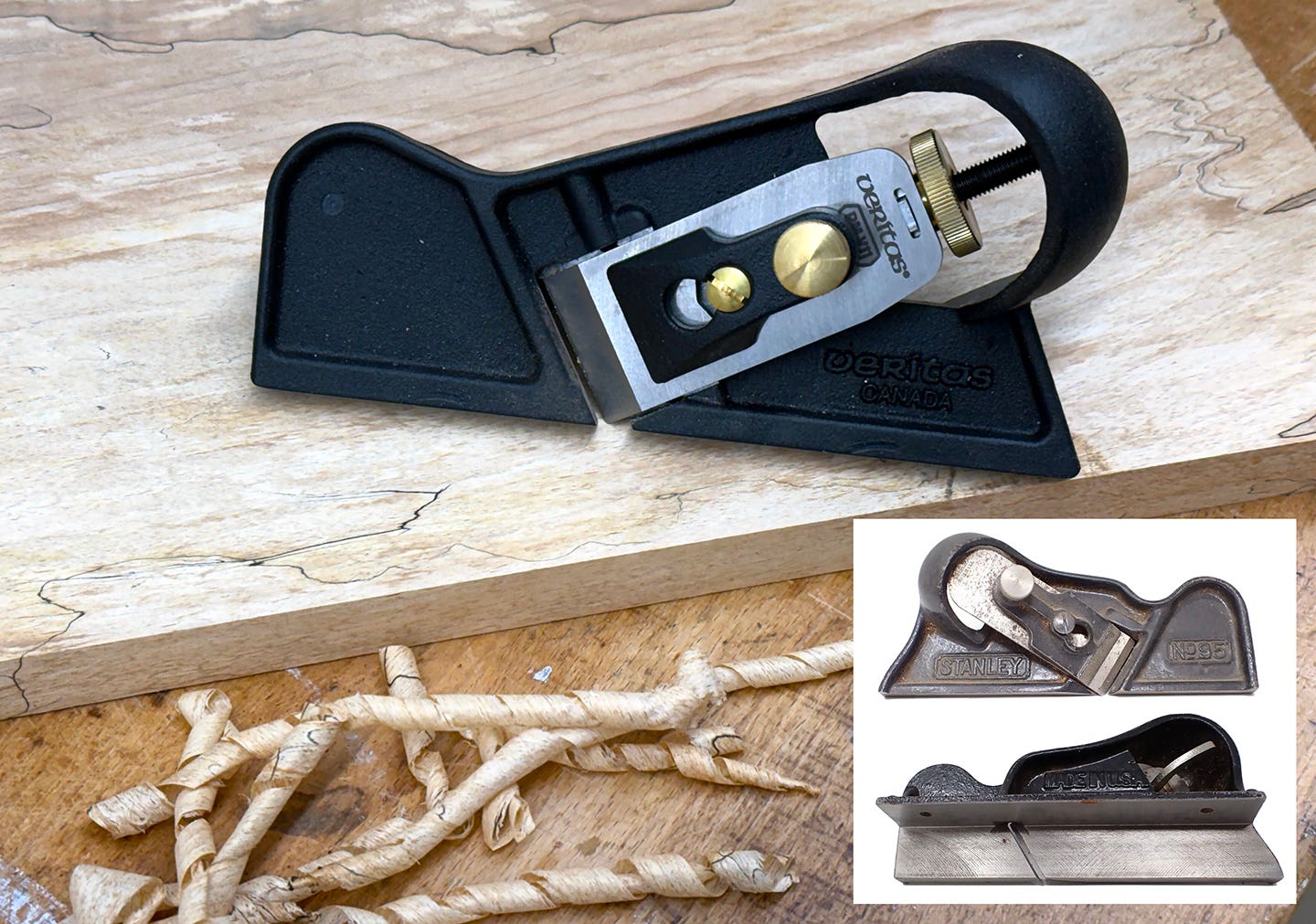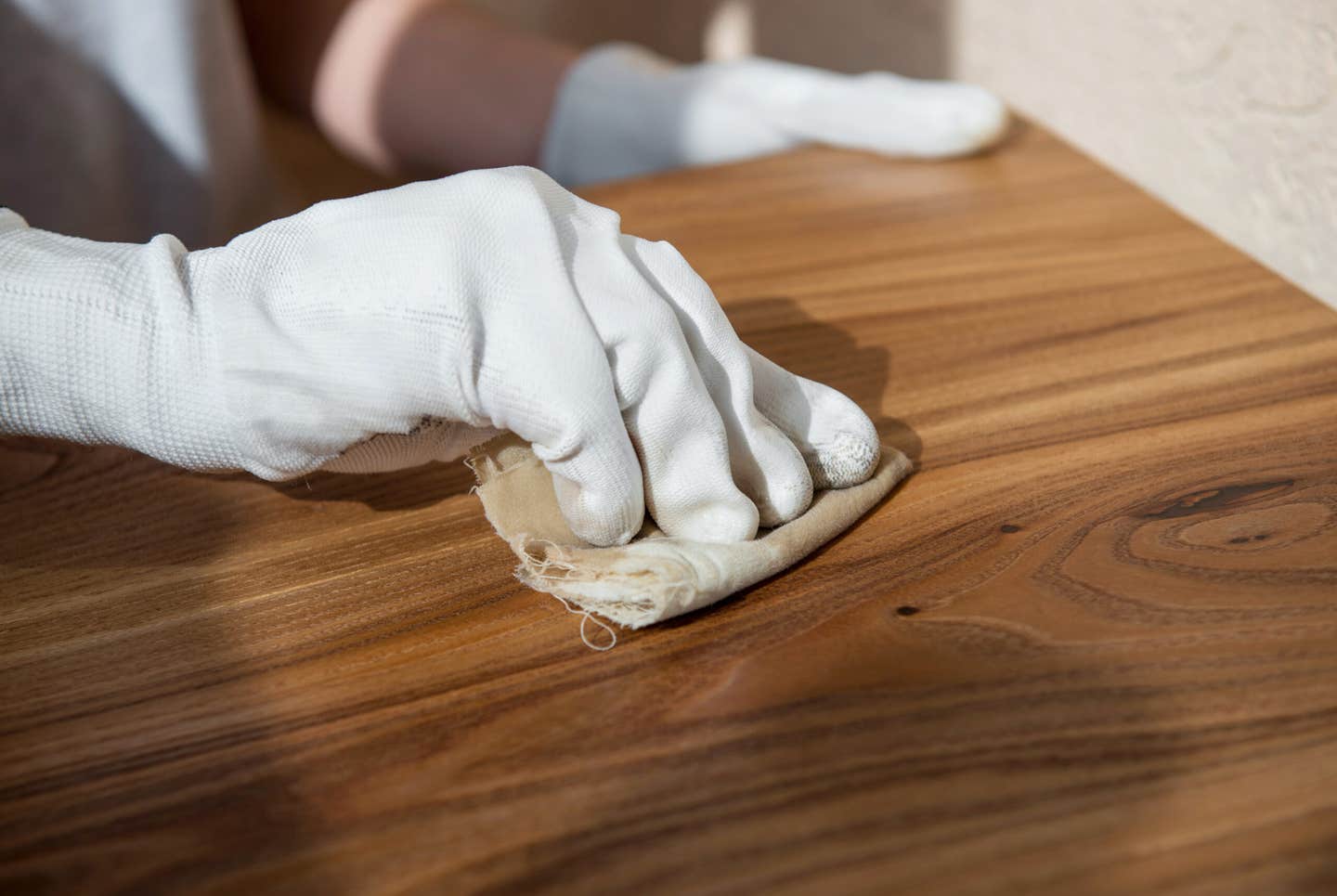Recent accidents remind of safety hazards
It hasn’t been a great month for shop safety in the West. Two weeks ago, an old friend, who is a master furniture builder in Wyoming, ran the tips of…
It hasn’t been a great month for shop safety in the West. Two weeks ago, an old friend, who is a master furniture builder in Wyoming, ran the tips of his left hand across the jointer while pulling thin boards back for another pass. And recently, a former student of mine here in South Dakota told me about the knot he hit last week when making some small parts and how the table saw blade ate the same two finger tips as the first friend lost.
How these experienced, competent, intelligent people were hurt is interesting. Both admit that they were thinking of something other than the task at hand (no pun intended). One was designing a project in his head, while the other was working out a family problem.
And given that they were both old hands (again, no pun intended), it made me think that it was time to revisit our own shop safety guidelines before the gremlins showed up on our own doorstep. We’ll keep this brief, because everybody hates reading about safety.
The first rule in our shop here at the Black Hills School of Woodworking is that we blow, and never brush. To keep machine tables clean, take a deep breath and blow the dust off them. We never use a hand to brush the dust off a router table, saw, jointer or any other infeed or outfeed table. Even turned off, a router bit can slice fingers. By getting into the habit of blowing rather than brushing, you’ll remember to do it when the cutter is off and also when it’s running.
Rule No. 2 is “hear today, gone tomorrow.” Many machines make more noise than the American Medical Association recommends for uncovered ears, so wear plugs or muffs to cut the decibels — especially when running small routers, thickness planers and shop vacuums. But be aware that you often can’t hear a machine running when you have muffs on, especially larger routers. So we have a switch on our router table that turns on a light when the motor is running. It’s very simple to do and our hearing-impaired students really appreciate it.
Creaky Joint Syndrome is next. Most of us aren’t getting any younger. It’s OK to just admit that you can’t lift as much as you could at 19. Of course, now that you’re older, you’re also smart enough to lift with your legs and not your back. Don’t bend over, keep your back straight and use those enormous, gigantic leg muscles to do the work.
Keep a straight face. Never put a board on the table saw that isn’t flat on its bottom and perfectly straight along the edge that rubs the fence. All rough-sawn boards need to visit the jointer before the saw. A curved face or edge is a kickback waiting to happen.
A good rule of thumb is that if you can see the cutter, you must wear eye protection. You will be amazed at what flies through the air with the greatest of ease, and eyes are ridiculously expensive to replace. We have five times as many fingers as eyes, yet most people are more concerned about losing a finger than an eye. Without the eyes, those fingers won’t know where to be.
Loose women (or men) don’t belong in the shop. Big, comfortable clothing is simply not welcome in a workshop. Tuck everything in, roll up or button your sleeves, don’t wear chains, rings, watches or other jewelry and always be aware that router bits spin up to 25,000 times a minute, which is way faster than you can react if a necklace gets caught in the bit.
Clean is keen (yes, I’m running out of clever phrases.). Fine sawdust on a varnished wood floor is literally as slippery as ice. Reaching across an untidy table saw for something is asking for trouble. Keep your work area organized and clean and you’ll not only stay safer, you’ll actually do better quality work.
Our last rule has only been around for a few years. Never text or take a phone call when a cutter is running. When you hang up, you might forget it’s still on and get hung up.
Both of the guys mentioned above are doing well and both are back in the shop.
And both are now very, very aware that concentrating on the job they’re doing is crucial. It’s not so much the emergency room visit that bothers them. It’s the weeks following it, when you don’t get to work in the shop.
John English teaches furniture design/build, casework and woodturning at the Black Hills School of Woodworking in Belle Fourche, S.D.
This article originaly appeared in the May 2012 issue.


